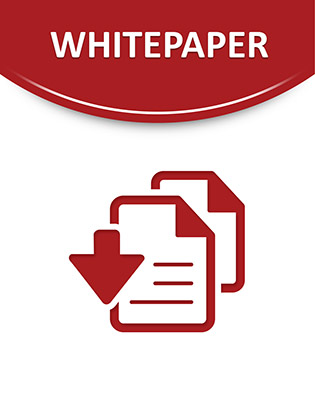A Closer Look at Windows Vista

Malware refers to any software that secretly infiltrates and damages a computer system without the informed consent of the owner. Despite the use of anti-virus and anti-spyware software, malware can still affect even careful users. One of the stated goals of the Microsoft Windows Vista release is to greatly improve the overall security of the Windows operating system and curb the impact of malware. To this end, Microsoft redesigned both the least user and administrative accounts on Vista; the result is perhaps the most secure version of Windows in the age of the Internet.
The concept of least user or standard user accounts has been a part of Windows releases for many years. However, interacting with the Windows operating system as a standard user has historically been difficult. Standard users cannot install or uninstall software, change security settings, or even perform seemingly innocuous tasks such as adjusting computer power settings or time zone.
In addition, many software applications created over the past decade require administrator access to run because they access protected directories and registry keys, such as C:Program Files, C:Windows, or HKEY_Local_Machine. Security-minded individuals who attempted to run Windows XP or previous versions of Windows using only standard accounts quickly realized that it was an exercise in futility.
As a result, most users of Windows XP or earlier Windows versions run as members of the Windows Administrators group. This is problematic because providing a user with complete control of a computer also provides every application and service on that computer with the same amount of access. If a computer is compromised by malware, that malevolent code has complete access as well; this is one of the chief reasons that Windows computers have long been susceptible to external attack.
